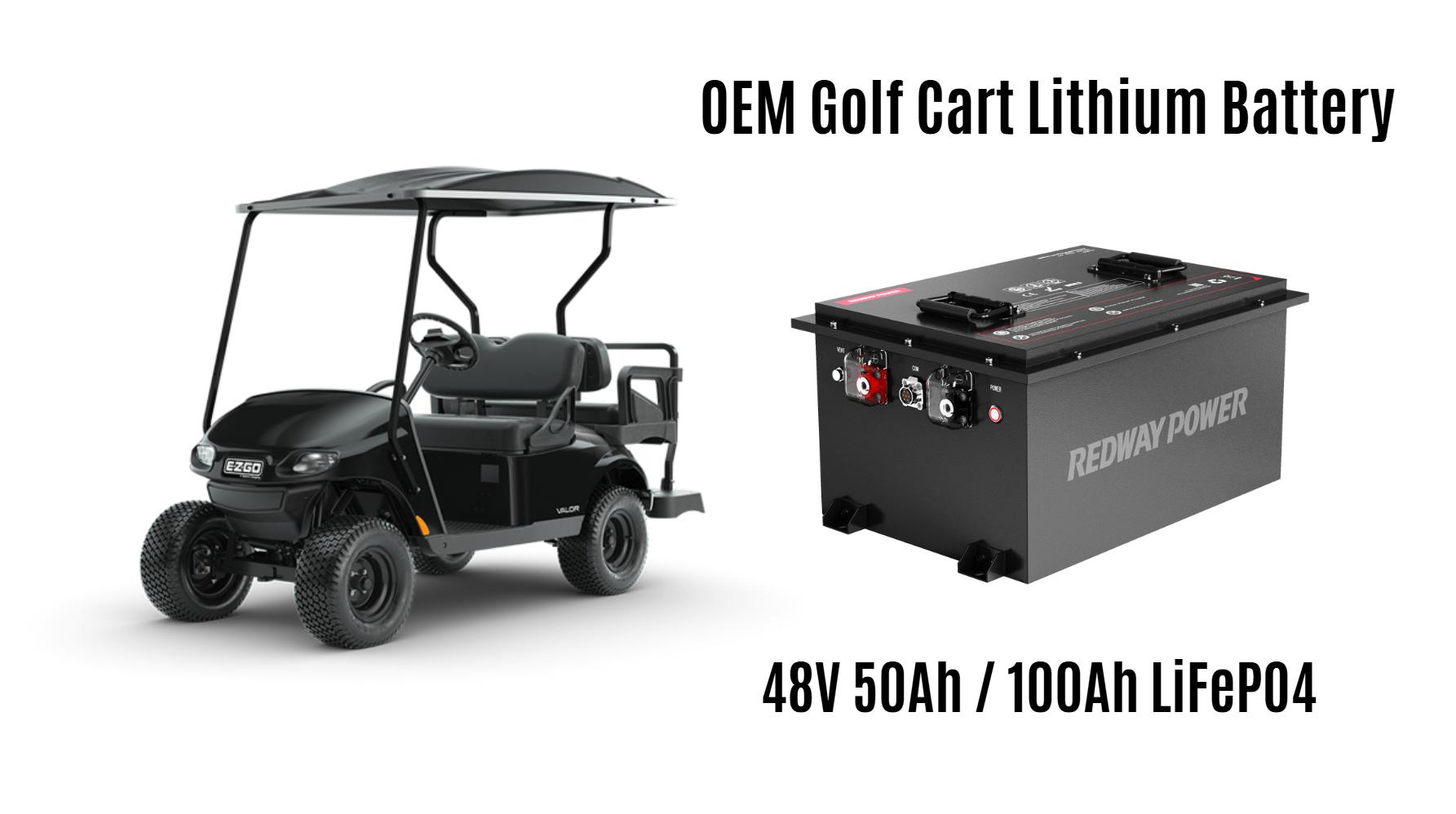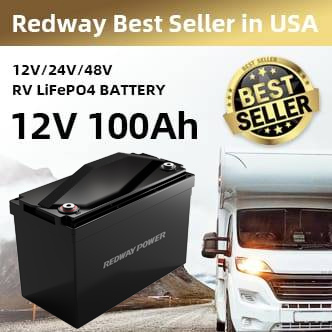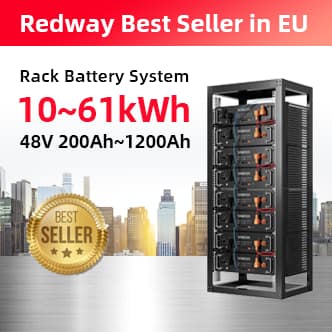The best EZ-GO golf cart battery charger depends on battery type (lead-acid or lithium), voltage compatibility (36V or 48V), charging speed, and safety features like automatic shutoff. Prioritize OEM chargers for guaranteed compatibility or third-party options with certifications. Regular maintenance, like cleaning terminals and avoiding overcharging, extends lifespan. Redway experts recommend chargers with temperature compensation for optimal performance.
What Are the Different Types of EZ-GO Golf Cart Battery Chargers?
EZ-GO chargers include OEM models (like Powerwise and Delta-Q) and third-party options. Lead-acid chargers use tapered charging, while lithium-specific chargers employ advanced algorithms. Smart chargers automatically adjust voltage/amperage, and high-frequency models reduce charging time. Ensure compatibility with your cart’s voltage (36V/48V) and battery chemistry to avoid damage.
How to Troubleshoot Common EZ-GO Charger Issues?
If your charger doesn’t activate, check connections, fuses, and battery voltage (must be above 30V for 36V systems). Error codes like “LED flashing red” often indicate faulty wiring or a defective charger. For overheating, clean cooling vents and ensure proper ventilation. Test the charger’s output with a multimeter—below 30V signals component failure.
When Should You Replace Your EZ-GO Battery Charger?
Replace chargers showing physical damage, inconsistent output voltages (±2V from rated), or failure to complete cycles. Lithium battery upgrades require chargers with BMS communication. Redway technicians note that chargers lasting beyond 5-7 years often struggle with modern battery tech. Sudden voltage drops during charging indicate capacitor or transformer issues.
Why Does Charger Compatibility Matter for EZ-GO Golf Carts?
Incompatible chargers can overcharge (causing sulfation) or undercharge (leading to stratification). EZ-GO’s proprietary charging curves differ between TXT and RXV models. Using non-OEM chargers voids warranties unless they’re UL/ETL-certified. Lithium batteries require chargers with constant current/constant voltage (CC/CV) profiles to prevent thermal runaway.
How to Maintain Your EZ-GO Battery Charger for Longevity?
Clean dust from fans monthly using compressed air. Inspect cables for fraying and corrosion. Store in dry areas below 104°F. For lead-acid systems, equalize batteries monthly. Redway advises using dielectric grease on connectors to prevent oxidation. Never interrupt charging cycles—partial charges accelerate plate degradation in lead-acid batteries.
Can You Use Solar Chargers with EZ-GO Golf Carts?
Yes, but only with MPPT solar controllers (30-50V input range) and pure sine wave inverters. A 400W solar array charges a 48V system in 8-10 hours. Ensure compatibility with your charger’s input voltage. Hybrid systems allow grid/solar charging but require charge controllers with priority switching to prevent backfeed.
Expert Views
“Modern EZ-GO chargers need adaptive algorithms for mixed battery fleets. We’ve seen 23% longer battery life using chargers with neural network-based load sensing. Always match the charger’s peak voltage to your battery’s absorption stage—a 48V lithium pack needs 54.6V±0.5V for optimal saturation.”
– Redway Power Systems Engineer
Conclusion
Selecting the right EZ-GO charger requires balancing voltage specs, battery chemistry, and smart features. Prioritize safety certifications and thermal management. Regular maintenance paired with advanced chargers can extend battery life by 3-5 years. Consult experts like Redway for customized solutions in extreme climates or high-usage scenarios.
FAQ
Can I use a car charger for my EZ-GO golf cart?
No—automotive chargers lack voltage-specific profiles, risking overcharge. EZ-GO requires 36V/48V systems with amperage limits (15-25A).
How long do EZ-GO chargers typically last?
Quality chargers last 5-8 years. Lifespan drops to 3-5 years in humid environments without proper storage.
Are rapid chargers safe for lithium batteries?
Yes, if designed for lithium (2C rating). Avoid exceeding 1C (1x battery capacity) for lead-acid to prevent plate warping.




